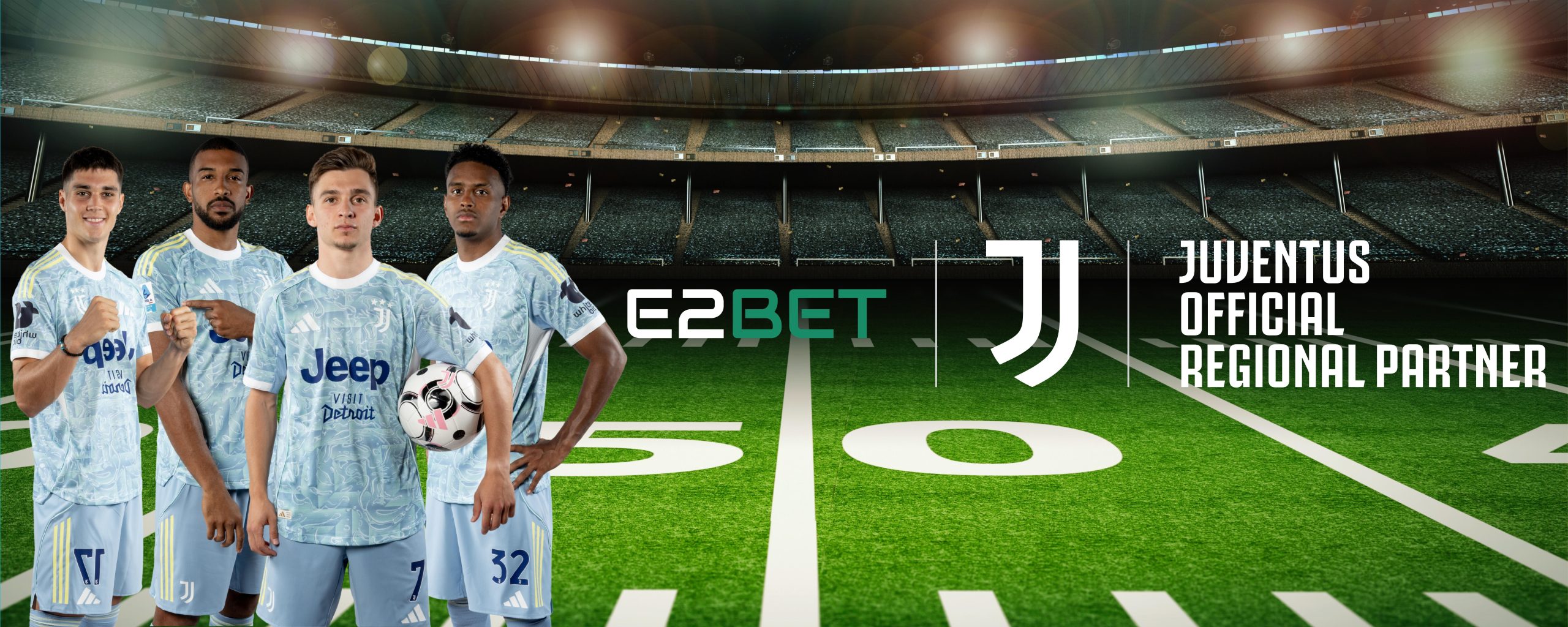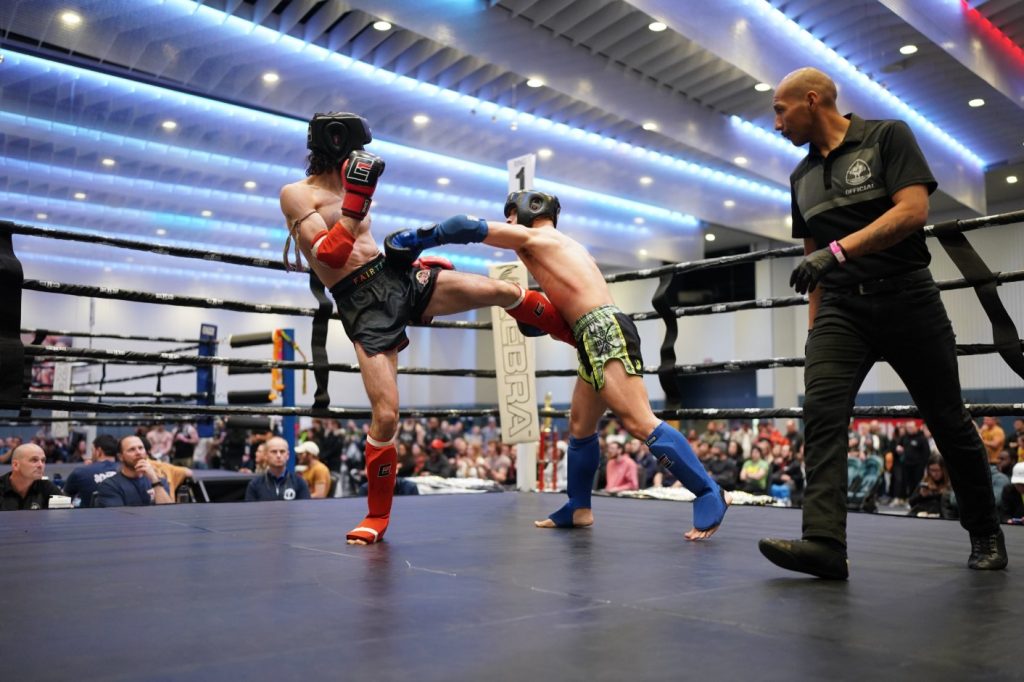Muay Thai, also known as the “Art of Eight Limbs,” is a traditional martial art from Thailand that incorporates punches, kicks, elbows, and knee strikes. While the sport is globally recognized for its dynamic fighting techniques and physical intensity, it also carries deep-rooted cultural and spiritual traditions. One of the most iconic symbols worn by Muay Thai fighters is the prajioud or armband. These bands are not mere decorative pieces—they hold historical, spiritual, and personal significance.
Table of Contents
In this article, we’ll explore the origins, symbolism, modern adaptations, and practical considerations behind the use of armbands in Muay Thai, supported with tables to make key insights clearer.
1. Historical Origins of the Prajioud
| Aspect | Details |
|---|---|
| Origin | Believed to have originated from ancient Thai warriors who tied cloths (often from their mothers’ clothing) around their arms for protection and luck. |
| Purpose | Symbolized good fortune, protection, and a spiritual connection to loved ones—especially mothers. |
| Historical Use | Used during battle or training as a reminder of home and to gain spiritual strength. |
The belief was that the spirit of the mother or the family would empower the fighter, giving him courage and strength during combat.
2. Cultural and Spiritual Significance
Beyond the historical context, the prajioud holds strong cultural and spiritual value.
| Symbolism | Meaning |
|---|---|
| Spiritual Protection | Fighters believe the armband wards off bad luck and evil spirits. |
| Connection to Family | Wearing a cloth made from a loved one’s clothing symbolizes that they are fighting with the strength of family. |
| Respect for Tradition | Honoring Thai heritage and martial rituals. |
Muay Thai isn’t just about fighting—it’s a way of life steeped in Buddhist and animist traditions. The prajioud is often blessed by a monk or a teacher (Kru) before a fight, further emphasizing its spiritual weight.
3. The Role of the Prajioud in Wai Kru Ram Muay
The Wai Kru Ram Muay is a traditional pre-fight dance performed by Muay Thai fighters to show respect to their teachers, family, and the sport itself. During this ritual, fighters wear the prajioud alongside the mongkhon (headband).
| Item | Worn During | Symbolizes |
|---|---|---|
| Mongkhon | Wai Kru Ram Muay | Honor to teacher/gym and spiritual protection. |
| Prajioud | During the fight | Ongoing connection to spiritual energy and family. |
The Wai Kru ritual serves as a way to mentally prepare the fighter while showing humility and gratitude—values deeply ingrained in Muay Thai philosophy.
4. Colors and Their Meanings
Traditionally, prajiouds were made from cloth provided by family members, so there wasn’t a standard for color. However, in modern practice, gyms have started assigning colors to indicate rank or experience, much like belts in karate or taekwondo.
| Color | Meaning |
|---|---|
| White | Beginner, new to Muay Thai |
| Yellow/Orange | Intermediate understanding |
| Green/Blue | Advanced level of skill |
| Red/Black | Fighter level, representing danger and power |
| Gold | Instructor or master level |
Note: Not all gyms follow this color-coding system—it is more common in Western or non-Thai Muay Thai schools.
5. Modern Use and Gym Identity
Today, many Muay Thai gyms use the prajioud as part of their branding and identity. Fighters may receive armbands from their gym as a rite of passage after completing a certain number of training hours or after a first fight.
| Modern Purpose | Description |
|---|---|
| Gym Affiliation | Colors or patterns may reflect a particular gym or fighting team. |
| Rank/Progress Tracking | A way to assess and recognize fighter progression, similar to belt systems. |
| Emotional Motivation | Fighters may feel more confident and emotionally connected wearing their band. |
In international competition, some fighters wear prajiouds more for ceremonial or cultural representation than for spiritual protection.
6. Materials and Construction
Traditionally, the prajioud was made from scraps of fabric—most meaningfully from a mother’s clothing. Today, they’re made using various materials depending on preference and availability.
| Material | Significance | Common Usage |
|---|---|---|
| Cotton Fabric | Traditional, spiritual, and personal | Most commonly used in Thailand |
| Silk or Satin | Ceremonial, high-status representation | Often used in rituals or fights |
| Synthetic Blends | Durable, less expensive | Common in modern gyms worldwide |
Some fighters personalize their armbands with names, dates, or symbols that represent personal achievements, heritage, or spiritual beliefs.
7. Rules and Regulations
While the prajioud is widely accepted in traditional and local fights, professional international matches may have regulations regarding gear and attire.
| Organization | Prajioud Allowed? | Notes |
|---|---|---|
| Lumpinee / Rajadamnern | Yes | Common in Thai stadiums |
| ONE Championship | Sometimes (limited use) | Depends on event guidelines |
| IFMA (Amateur Muay Thai) | Yes (with restrictions) | Needs to be within certain dimensions/weights |
| UFC / Kickboxing Events | No | Typically not allowed in cross-discipline events |
Fighters should always check event rules before planning to wear armbands in competition.
8. Armbands vs. Headbands: Key Differences
| Feature | Prajioud (Armband) | Mongkhon (Headband) |
|---|---|---|
| Worn During Fight | Yes | No (removed before fight starts) |
| Purpose | Personal strength, rank, protection | Honor to teacher and gym, spiritual preparation |
| Material | Cloth (traditional or synthetic) | Usually braided cloth, sometimes ornate |
| Removal | Kept on during fight | Removed by the Kru or coach after ritual |
The prajioud is much more than a piece of fabric tied around a fighter’s bicep—it’s a living tradition that carries deep emotional, spiritual, and cultural meaning. From ancient warriors seeking protection from their mothers’ love, to modern fighters representing their gym and journey, the armband tells a story of connection, courage, and respect.
Whether it’s worn as a spiritual charm, a badge of honor, or a symbol of identity, the prajioud remains an integral part of Muay Thai, linking past to present, tradition to modernity.


